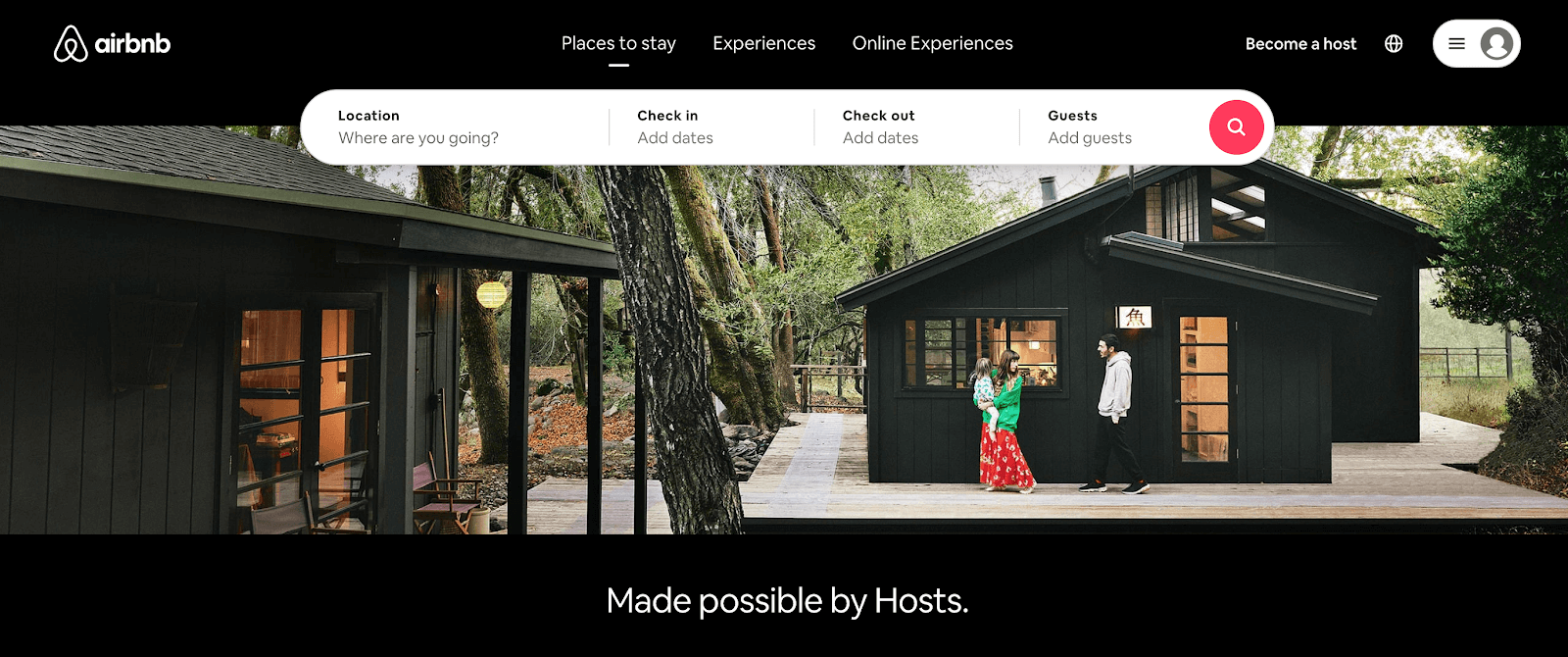Posted 26.02.2021
By Annabel Thomas
In an ever globalised and digital world, it has become harder than ever to stand out from the crowd. Unfortunately, it isn’t as easy as giving your business a name and colour scheme and hoping for the best! Without a distinctive brand voice, you can get lost in the sea of competitors and the crowds of digital chatter. Billions of businesses worldwide are trying to carve out a distinctive brand identity in order to take their business to the next level and resonate with their ideal customer.
So let’s get back to the basics, what is a brand? A brand has evolved to include so much more than just a logo or a name; it is about creating a whole personality for your business.
As Jeff Bezos (the founder and CEO of Amazon) explains…”Branding is what people say about you when you’re not in the room.“
Your business’s brand identity includes how you communicate your products, how you want people to feel about you and what core values your business holds.
Your brand voice in particular refers to the emotion and personality expressed in your company’s communication, via all media. This includes everything from the words you use, to the messages you give out, to the images you invoke, to the personality of your campaigns.
Let’s take Airbnb as an example. In just a few years Airbnb has convinced us all that we should be holidaying in stranger’s homes from across the world! They have used captivating storytelling to develop a sense of trust with their brand, and they have worked exceptionally hard at creating a sense of community as part of their brand identity, by forging relationships between hosts and guests. They now operate in over 190 countries and nobody thinks twice about staying at a stranger’s property!

So, how can you create a strong brand identity that resonates with your target audience?
First things first, understanding who will be interacting with your brand is vital. You can’t generally target a product in the same way to a teenager as you would to someone in their 40s. Learn about what your audience wants, best responds to and will ultimately connect with. Make sure you complete thorough market research to understand what makes your audience tick.
Secondly, understand where your business fits into the current market and what it brings that is unique. What do you want people to remember when they buy your product or service? Is your business’s personality fun and playful or do you want to be viewed as professional and reliable? Either way, make sure your brand represents your business.
Whilst a logo isn’t the entirety of your brand’s identity, it is a vital part of your branding. Think of how recognisable the Coca-Cola or McDonalds logos are. Your logo will be visible on all online and offline material, from digital ads to business cards. The number one thing is consistency. Keep your branding on brand (pardon the pun) and cohesive. Build a brand guide for widespread internal use with fonts, colours, logos and templates all in one place and encourage your employees to stick to it! Get in touch with us if you need some help with designing your logo and branding.
The next step is to integrate your brand with the community. The best way to do this is through creating great quality and stand out content. Your online content tells the story of your brand, and reflects and defines your business’s values. The language you use should mirror how you want to be seen, whether that be through conversational language to come across as laid-back, or professional language if your business is no-nonsense and high-end.
Evoking a strong emotional connection with your audience is a great way to build a lasting brand identity. People love stories, therefore establishing a strong narrative for your brand will help people connect with it. Whether that is through social media, digital ads, video content or blog posts, find what works for you and be consistent with your tone.
It’s no good adding that risque joke into your email header if it will offend half your audience. Be mindful of keeping a consistent voice and tone to your brand. If you are operating in a highly professional and corporate world, then it might not be the time to add colloquial language and banter to your marketing emails. Likewise, if you know your audience has strong leanings towards social issues and movements such as BLM or climate change and you don’t post or comment about it, you won’t come across well.
Without tracking performance metrics it is hard to know what you are doing right. There are some useful tools like Google Analytics which allows you to monitor key metrics in relation to website traffic and conversions. You should also listen to what people are saying about your brand on social media, conduct interviews, ask for feedback and check online reviews. You can always decide to switch up your branding and it’s voice if you feel it is not currently working, it’s never too late to step up your game.
Establishing a memorable brand is all about consistency from the colours, logo, tone, voice and content you use and produce. Get in touch with us for help with all things branding today!
Our Services
Recent posts
The Beginner’s Guide to Setting Up Your First eCommerce Store
Posted 25/03/2025 by Frogspark
How to Create Cost-Effective, Engagement-Boosting Videos For Your Website
Posted 11/02/2025 by Frogspark
Building Better Website Forms To Drive More Conversions (and Revenue)
Posted 27/01/2025 by Pete Bingham
Need help with your web design or digital marketing?
Talk to an expert today or call us on 01332 493766
Part of The Digital Maze Group